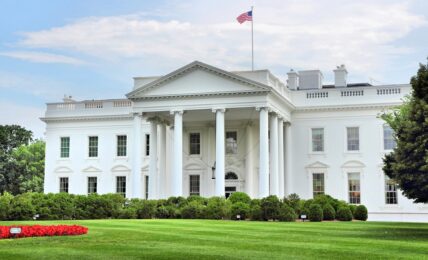Green finance-focused not-for-profit organization NatureFinance announced today the launch of NatureAlign, a new tool designed to help financial institutions assess and progress on their alignment with nature-positive outcomes through the lens of the Biodiversity Plan (formerly the Kunming-Montreal Global Biodiversity Framework (GBF)). The first module of NatureAlign will help private financial institutions, from asset managers to banks, assess their baseline position with respect to environmental and sustainability issues.
NatureFinance, formerly The Finance for Biodiversity Initiative, was launched in 2019 with a goal help financial institutions increase the materiality of biodiversity in financial decision-making and to better align global finance with nature conservation and restoration.
Amid a growing landscape of existing tools to analyze specific components related to nature, such as biodiversity and water scarcity, Nature Finance said its new tool brings together a “unique combination of these datasets to enable portfolio-level measurement and action,” enabling users to identify areas where they could initiate changes. It is also one of the only free apps with links to the Corporate Sustainability Reporting Directive (CSRD) and the Taskforce on Nature-related Disclosures (TNFD) LEAP (Locate, Evaluate, Assess, Prepare) framework, according to NatureFinance. Future modules of NatureAlign could focus on providing tools or frameworks to assess alignment with the GBF, offer structured recommendations for setting nature-related targets, and allow organizations to explore the environmental impact of modifying their investments, the firm said.
“Coming out of the UN biodiversity COP we can see two things clearly. Progress on saving nature is too slow, and money is not moving in the right direction,” said Julie McCarthy, CEO of NatureFinance. “With our financial and economic system currently on track for 2-3C warming, financial institutions, like asset managers, asset owners and banks, are crucial to redirecting finance towards economic activities that deliver nature-positive outcomes. Financial institutions can dramatically transform both the business and natural landscape by proactively managing nature risks and seeking out nature positive opportunities in their decision-making. Innovative, accessible tools and data are critical to help them know where, how and in what to invest on a rapidly changing planet. We urgently need financial institutions’ leadership to align global investment with an economy that works for nature, climate and people.”
The tool allows financial institutions to input data on their investments and loans into a watchlist. The app then analyzes that information using third-party biophysical, spatial, and financial data, NatureFInance said. Notably, this includes the SEED Biocomplexity Index from the ETH Crowther Lab, which is currently not publicly available in any other similar tool. Results are generated quickly, and include maps and statistics outlining the state of nature, the extent of water risk, the presence of critical natural assets, and the extent of ecosystem protection in the countries and watersheds that the financial institution’s organization invests in or lends to.
The app also assesses the exposure of sectors within the watchlist to nature-related dependencies and impacts, the firm said. The sectors and constituents within the analyzed watchlist that exceed those parameters are then identified to encourage targeted action. Users also receive estimates of two core sector metrics recommended by the TNFD – exposure to sectors with material nature-related dependencies and impacts, and exposure to sensitive locations, NatureFinance added.
Sarah Krisht, Nature Risk Lead at NatureFinance, said:
“Our aim with NatureAlign is to develop a tool which is accessible and helpful in order to drive progress in their nature journey and better track their impact on nature. User needs are at the core of NatureAlign which is why we engaged with over fifteen financial institutions in developing it, and hope to continue this iterative engagement.”


